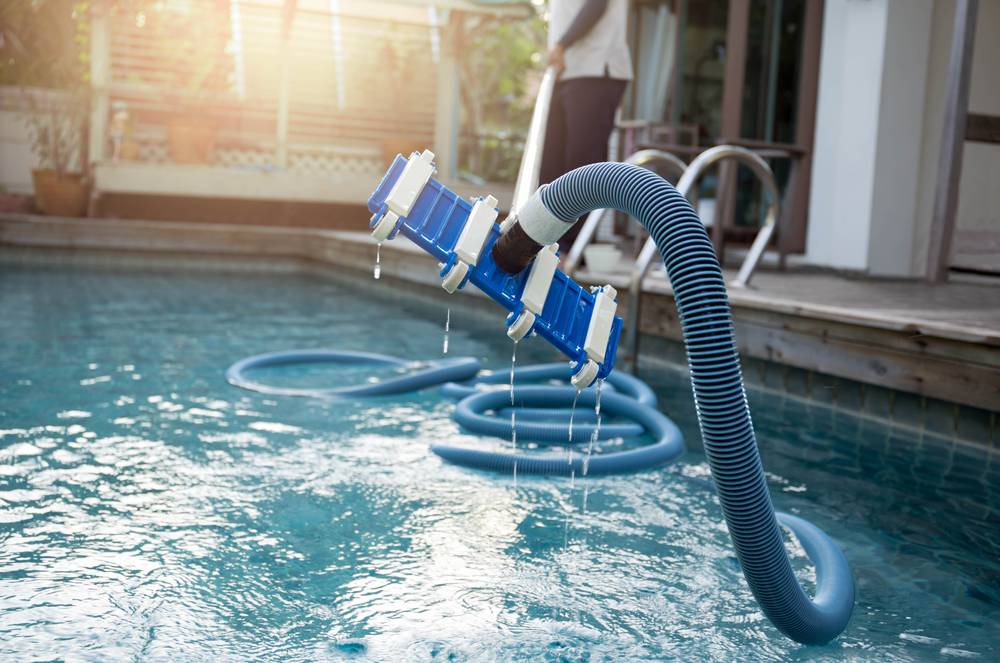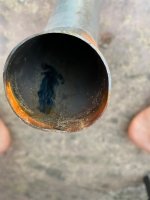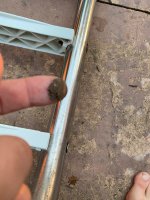Hello TFP members! This is my third summer of pool ownership and our first SLAM procedure. Carelessly let the FC drop lower than needed for a few days and shortly after started noticing what seems to be mustard algae blooms. Performed a "half-way" SLAM with lower FC levels thinking I could get away with cutting corners and here I am....
SLAM began last Thursday at Ph 7.3 and CYA 50. Progress was going smoothly until today, which was supposed to be the final mustard algae shock level day. OCLT showed a 0.5 FC loss with the morning FC at 19.5.
Around noon, FC was raised to 30, followed by liquid chlorine additions several times throughout the day to keep the FC at 30. Water tests were not performed during the day to save on reagents.
The Pool Math log doesn't show it, but the pool was brushed and vacuumed daily (Ladder was removed and light niche brushed as well). CC readings not recorded as they were not tested for every time; when tested for CC was always 0.0 ppm.
Pool Math Log (Timestamps are incorrect as my time is -4 from the recorded values, although they are shown correctly in the APP)
My R-0871 running thin as each test uses ~40 drops at the necessary SLAM FC level, and even more during mustard algae SLAM! What could be the issue here? Could it be the reagents?
SLAM began last Thursday at Ph 7.3 and CYA 50. Progress was going smoothly until today, which was supposed to be the final mustard algae shock level day. OCLT showed a 0.5 FC loss with the morning FC at 19.5.
Around noon, FC was raised to 30, followed by liquid chlorine additions several times throughout the day to keep the FC at 30. Water tests were not performed during the day to save on reagents.
- Testing for FC after 8:00 pm, the result was 17.5 ppm!
- This result is highly unexpected - how can the daytime FC loss be >12.5 ppm after passing the OCLT?
The Pool Math log doesn't show it, but the pool was brushed and vacuumed daily (Ladder was removed and light niche brushed as well). CC readings not recorded as they were not tested for every time; when tested for CC was always 0.0 ppm.
Pool Math Log (Timestamps are incorrect as my time is -4 from the recorded values, although they are shown correctly in the APP)
My R-0871 running thin as each test uses ~40 drops at the necessary SLAM FC level, and even more during mustard algae SLAM! What could be the issue here? Could it be the reagents?
Last edited:




